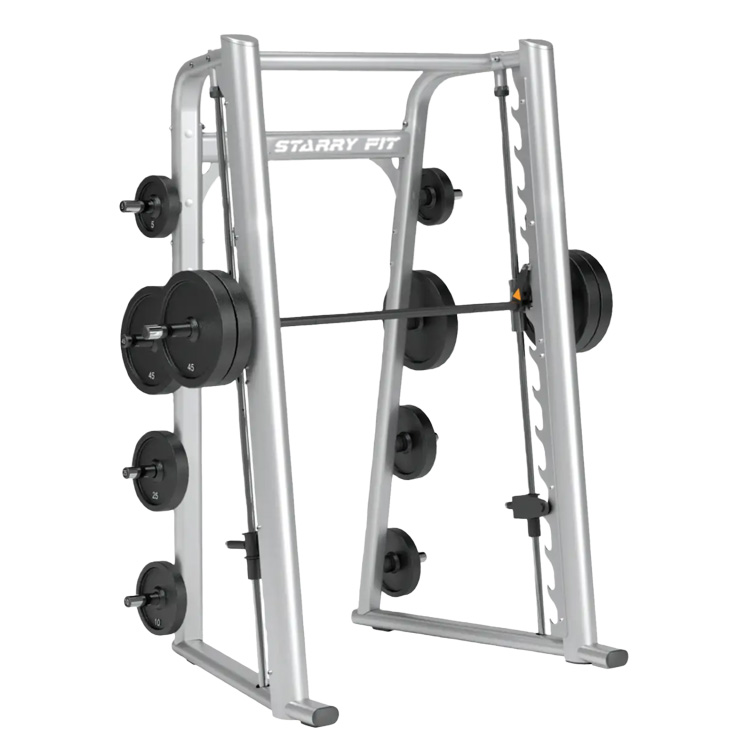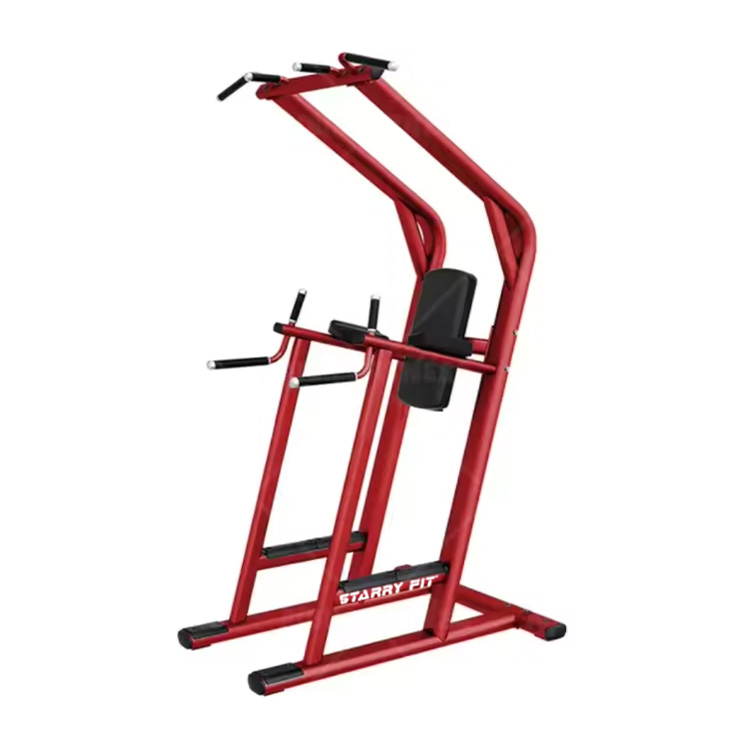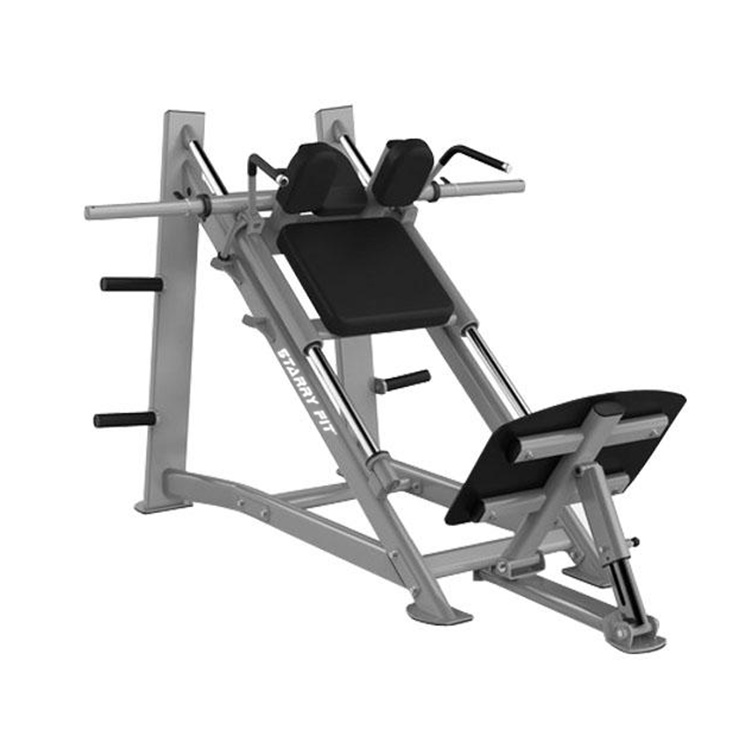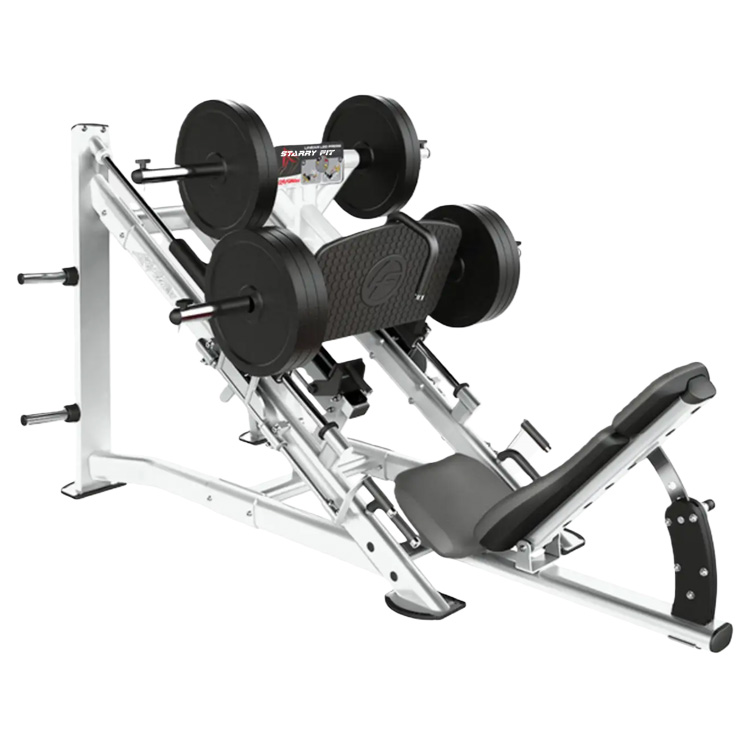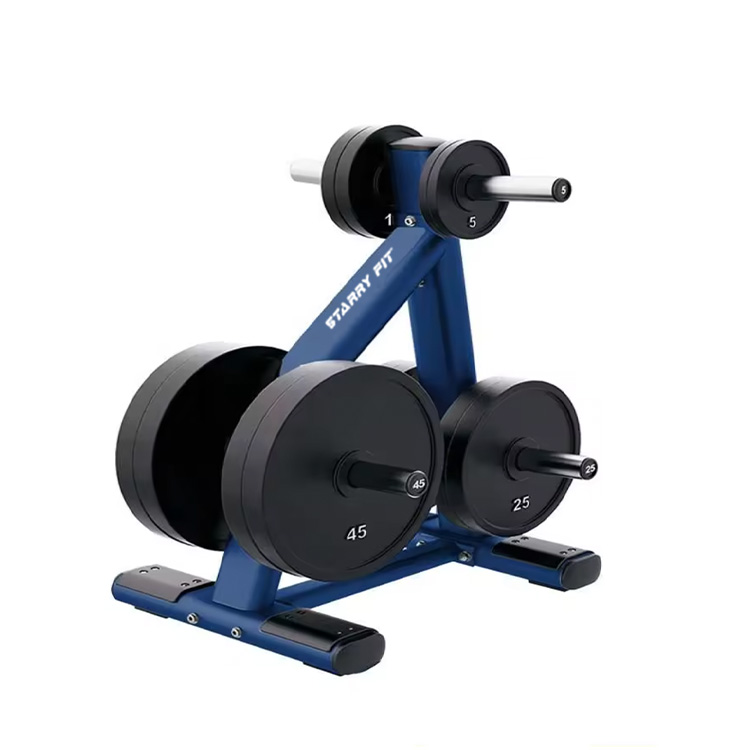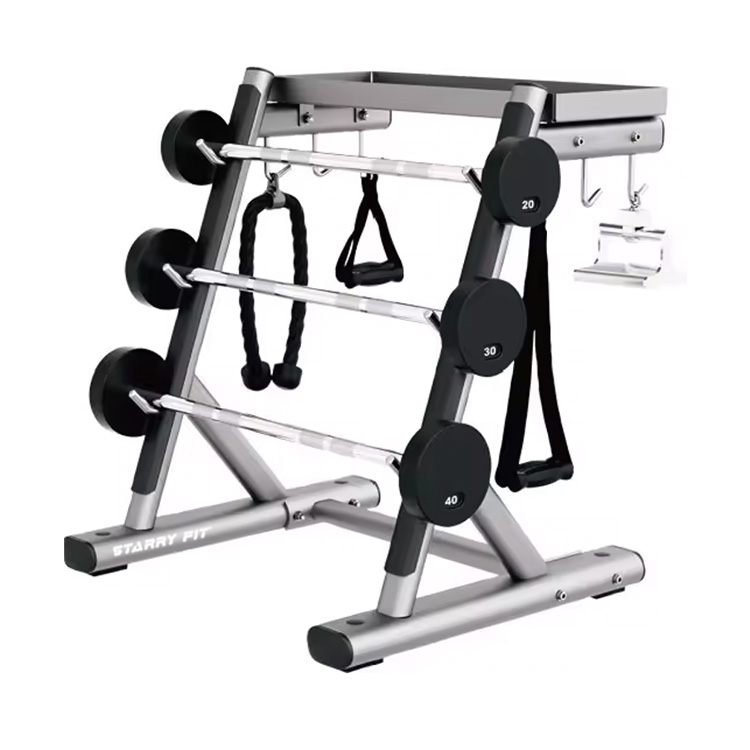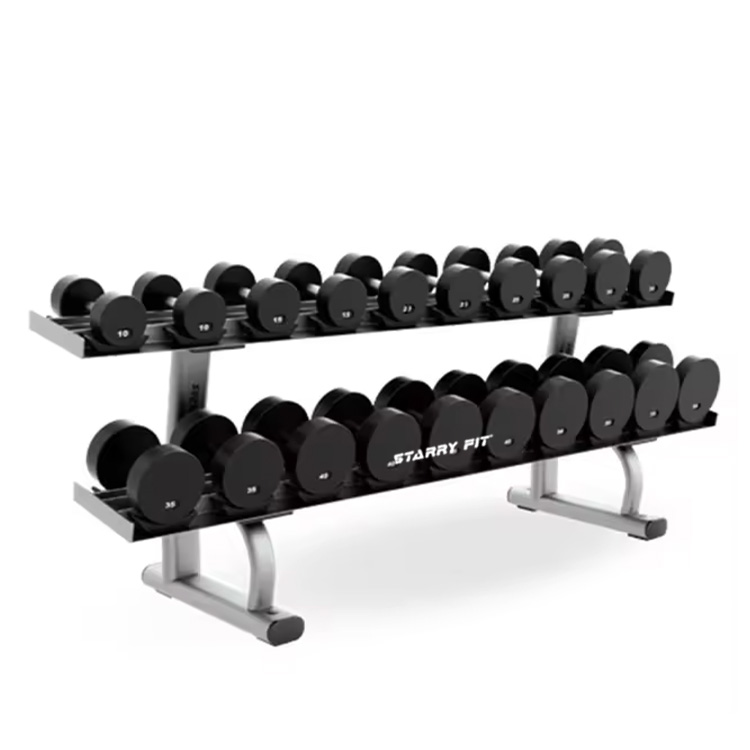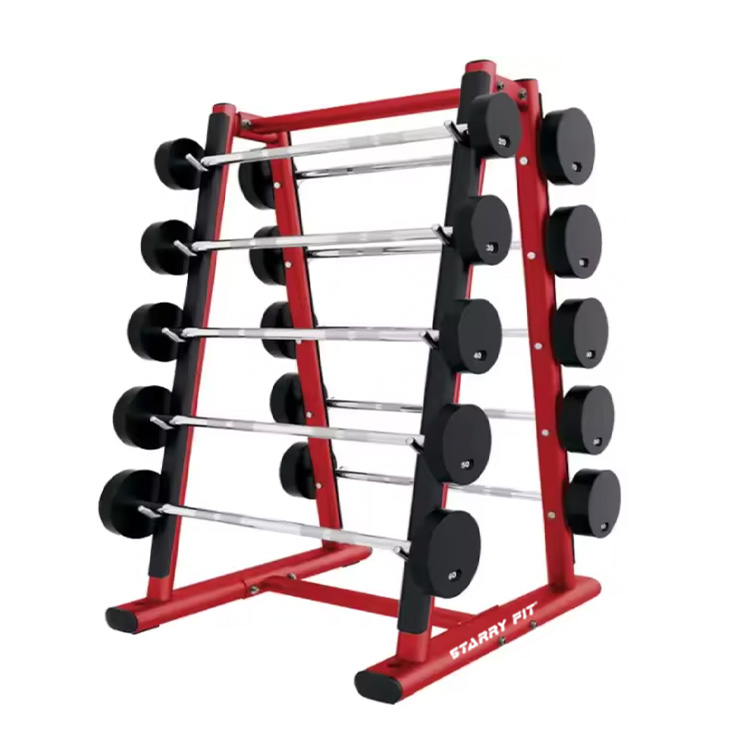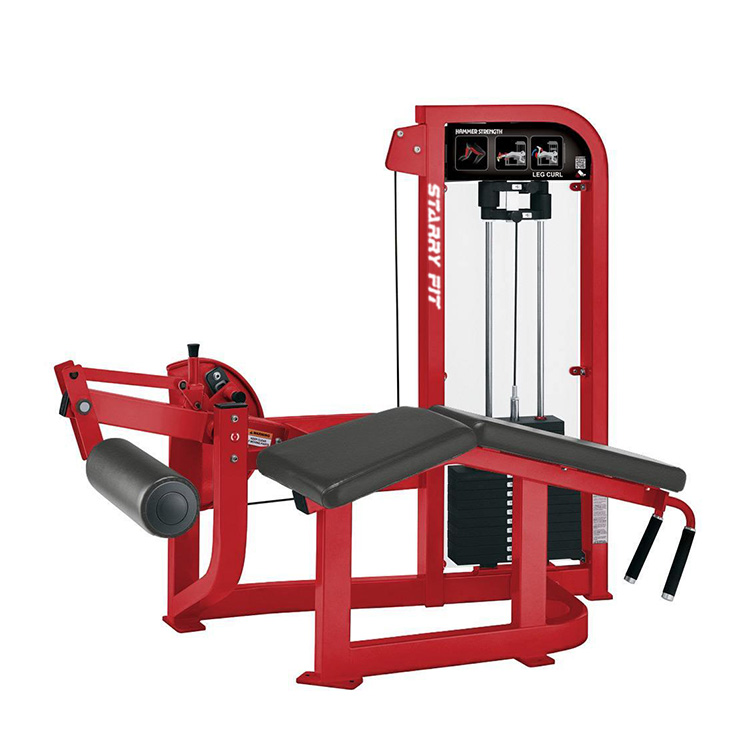1. Calorie consumption comparison: skipping rope vs jogging
Ø Experimental data support
|
Exercise type |
Calorie consumption (kcal/10 minutes) |
Intensity MET value |
Reference population |
|
Rope skipping (medium speed) |
120-150kcal |
11-12MET |
70kg adult |
|
Jogging (8km/h) |
60-80kcal |
8MET |
70kg adult |
In the same amount of time, the calorie consumption of rope skipping is about 1.5-2 times that of jogging, so the statement that 10 minutes of rope skipping ≈ 20-30 minutes of jogging is scientific.
Ø Analysis of the advantages of fat burning
Vertical work: Jumping against gravity consumes more energy than running with horizontal movement.
Muscle recruitment: When skipping rope, the core, shoulder, arm, calf and other muscle groups are involved synchronously, and the muscle activation amount is 27% higher than running.
EPOC effect: After skipping rope, the basal metabolism increases by 12%-15% within 24 hours, and fat is burned continuously.
2. Benefits of skipping rope: Comprehensive health improvement from weight loss to brain health
Rope skipping, a seemingly simple sport, is actually an efficient all-around exercise. Just 10-15 minutes of rope skipping a day can bring multiple health benefits to your body.
Efficient fat burning, significant weight loss effect
10 minutes of rope skipping ≈ 30 minutes of jogging calories
13-15 calories can be burned per minute, which is one of the most efficient aerobic exercises
It can effectively reduce visceral fat, especially suitable for waist and abdomen shaping
Improve cardiopulmonary function
Enhance the heart's ability to pump blood and reduce resting heart rate
Increase maximum oxygen uptake (VO₂max) and enhance endurance
Persistent rope skipping can reduce the risk of cardiovascular disease
Enhance bone density
Jumping action stimulates bone growth and prevents osteoporosis
Especially suitable for menopausal women to prevent bone loss
Jumping rope for teenagers helps promote bone development
Improve coordination and balance
Requires coordination of hands and feet, exercises the nervous system
Improve body control and reaction speed
Especially effective in preventing falls in the elderly
Exercise anytime, anywhere
No gym or special venue is required
A rope and 2 square meters of space are enough
You can maintain exercise habits even when traveling on business trips
Improve brain function
Improve attention and concentration
Promote coordination between the left and right brains
Help improve learning efficiency
Relieve stress and improve mood
Promote endorphin secretion and bring pleasure
Effectively relieve anxiety and depression
It is a good way to vent emotions
Enhance muscle endurance
Exercise muscles in multiple parts such as calves, thighs, core, arms, etc.
Improve muscle endurance and explosive power
Will not over-gain muscle and maintain beautiful lines
Improve sports performance
Many athletes use it as cross-training
Especially helps improve jumping ability in sports such as basketball and football
Improve agility and reaction speed in sports
Low cost and high return
Equipment investment only requires a few dozen yuan
Low learning threshold, suitable for all ages
Significant results can be seen in a short period of time
Scientific rope skipping advice
Beginners should start with 5 minutes a day and gradually increase to 15-20 minutes
Choose a rope of appropriate length (stand in the middle of the rope with the handles to your armpits)
Wear sports shoes with cushioning function
Maintain the correct posture: keep your chest and abdomen in, and put your forefoot on the ground
3.8 common mistakes in rope skipping and professional corrections
Error 1: Slamming the entire sole of the foot onto the ground
Risk: The impact force on the knee joint is 3 times the body weight
Correction: Landing on the forefoot → Rolling to the entire sole → Imagine the gentle feeling of stepping on an egg
Error 2: Swinging the rope with arms in a large circle
Effect: Consume an additional 30% of physical strength
Correction: Use tape to fix the tissue box to the upper arm to prevent it from falling during training
Error 3: Excessive back kicking
Consequences: Easy to cramp and difficult to break through the speed
Correction: The heel is ≤10cm off the ground, and you can practice in front of a mirror
Error 4: Jumping with breath held
Hazards: Dizziness, Difficult to sustain
Correction: Make a "ha" sound when landing and force exhale
Error 5: Rope is too long/too short
Judgment criteria:
Too long: handle exceeds armpit → need to be shortened
Too short: frequent tripping → change adjustment rope
Error 6: Hunchback jumping
Injury: lumbar pressure increases by 50%
Correction: Imagine there is a balloon pulling on the top of the head, keep the spine in a neutral position
Error 7: Jumping rope on an empty stomach/full stomach
Best time:
1.5 hours after breakfast
1 hour before dinner
Error 8: Ignore warm-up and relaxation
Must-do items:
Warm-up: ankle joint circle (20 times forward and reverse) + 30 heel raises
Relaxation: Calf foam roller rolling (2 minutes/side)
4.Skipping Rope Frequently Asked Questions (FAQ)
Who is rope skipping suitable for?
Suitable for: healthy adults, teenagers (over 6 years old), those who need to lose weight or strengthen their physique
Caution:
For those who are overweight (BMI≥28), it is recommended to consult a doctor first
For those with unhealed knee injuries
For those with severe cardiovascular diseases
Will rope skipping hurt your knees?
Correct rope skipping will not hurt your knees:
Keep the forefoot on the ground, jump height ≤5cm
Choose a well-cushioned ground (rubber mat/wood floor)
What should I do if I always trip over the rope?
First do ropeless jumping to establish a sense of rhythm
Single-handed rope shaking + jumping to adapt to the action
Slow down and make sure that the rope passes through the sole of the foot once every jump
Will rope skipping make your legs thicker?
No:
Mainly exercise slow muscle fibers, enhance endurance rather than thickening
Women have a harder time building strong muscles due to hormones


 ENG
ENG
 English
English Français
Français Español
Español عربى
عربى